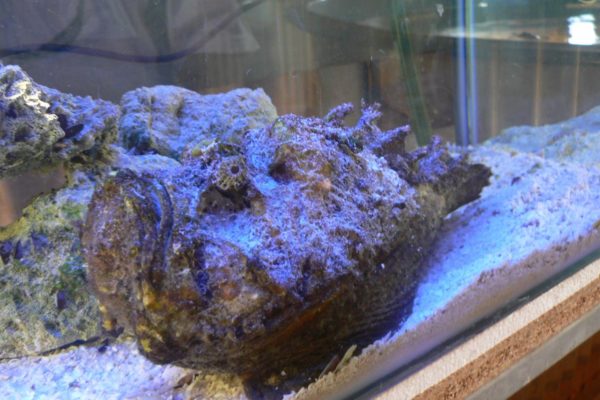Dangerous Wildlife
Although snakes have a bad reputation they are timid and will avoid humans if they can. Avoid provoking snakes by looking where you are walking and don’t poke around logs or burrows. It is also a good idea to wear sturdy boots and thick socks when you’re bushwalking. If bitten, immediately apply a firm pressure bandage, immobilise the limb and seek medical help. Do not attempt to handle snakes or spiders.
In the Water
Sharks are no more a threat in Shark Bay than anywhere else around Australia. Of the 28 shark species recorded in Shark Bay only one or two may arguably be considered dangerous.
Stone fish are difficult to see and can inflict extreme pain if stepped on. Avoid being stung by being careful when walking in water – wear reef shoes and shuffle rather than lifting your feed when wading. Treat a stone fish sting by submerging the limb in water that is hot but tolerable – test with unaffected limb. The hot water will break down the toxin.
Blue-ringed octopuses live on reef flats and in tidal pools and can be recognised by their brilliant blue rings when disturbed. Avoid these animals at all costs as their bite can be fatal.
Stingrays are very common in the shallow waters and there is a good chance you will see them during your visit. Typically a ray will avoid you but if you step on one a sting from the barb at the base of its tail can be excruciating. As with stonefish, take care when walking in the shallows. Treat a sting by submerging the limb in water that is hot but tolerable.
Sea snakes are also quite common. Although they are unlikely to bite, do not approach or touch them as they are extremely venomous.

